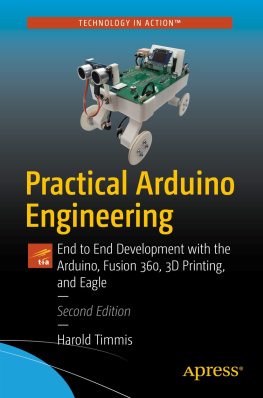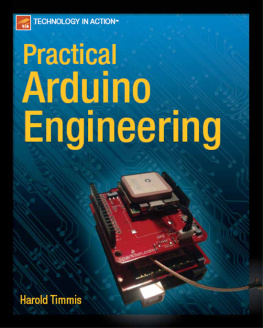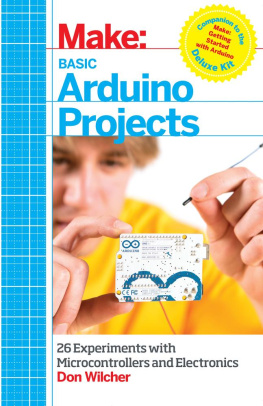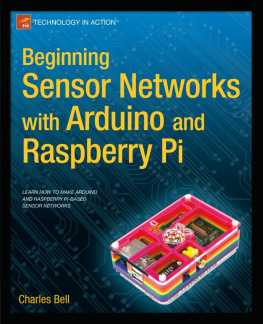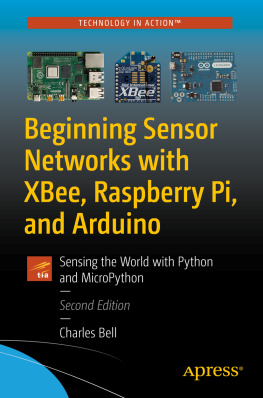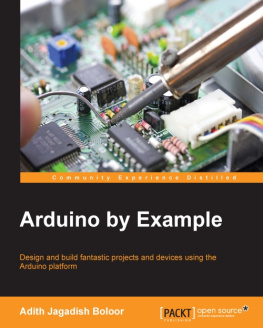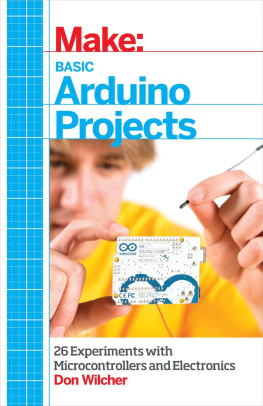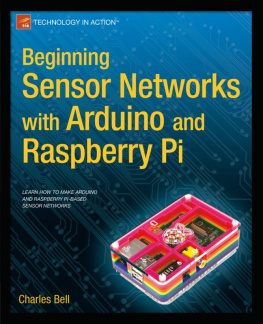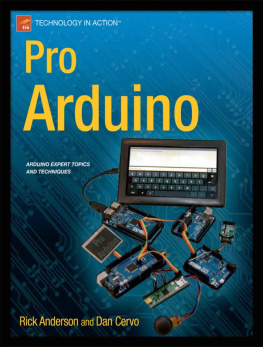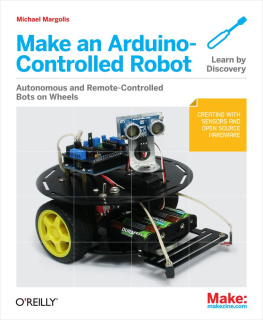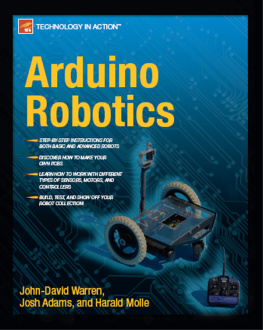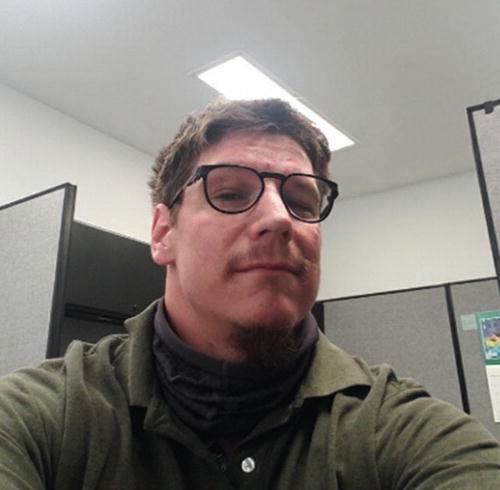Harold Timmis - Practical Arduino Engineering: End to End Development with the Arduino, Fusion 360, 3D Printing, and Eagle
Here you can read online Harold Timmis - Practical Arduino Engineering: End to End Development with the Arduino, Fusion 360, 3D Printing, and Eagle full text of the book (entire story) in english for free. Download pdf and epub, get meaning, cover and reviews about this ebook. year: 2021, publisher: Apress, genre: Home and family. Description of the work, (preface) as well as reviews are available. Best literature library LitArk.com created for fans of good reading and offers a wide selection of genres:
Romance novel
Science fiction
Adventure
Detective
Science
History
Home and family
Prose
Art
Politics
Computer
Non-fiction
Religion
Business
Children
Humor
Choose a favorite category and find really read worthwhile books. Enjoy immersion in the world of imagination, feel the emotions of the characters or learn something new for yourself, make an fascinating discovery.
- Book:Practical Arduino Engineering: End to End Development with the Arduino, Fusion 360, 3D Printing, and Eagle
- Author:
- Publisher:Apress
- Genre:
- Year:2021
- Rating:5 / 5
- Favourites:Add to favourites
- Your mark:
Practical Arduino Engineering: End to End Development with the Arduino, Fusion 360, 3D Printing, and Eagle: summary, description and annotation
We offer to read an annotation, description, summary or preface (depends on what the author of the book "Practical Arduino Engineering: End to End Development with the Arduino, Fusion 360, 3D Printing, and Eagle" wrote himself). If you haven't found the necessary information about the book — write in the comments, we will try to find it.
Implement Arduino-based designs in your project, and build, debug, and extend it using a solid engineering approach. This second edition is expanded to provide a better understanding of the engineering process and what it means to be an end-to-end developer.
Youll start out by reviewing basic engineering procedures, from the fundamental requirements and preliminary design to prototyping and testing. Youll then apply those principles to single devices like LCDs, potentiometers and GPS modules, and move on to the integration of several modules into a larger project, a sub-autonomous robot. This robot will include devices such as GPS, Bluetooth, an OLED screen, an accelerometer, humidity and temp sensor, motor drivers, and ultrasonic sensor.
This version goes on to cover how to create 3D models with Fusion360, make your own PCBs using Eagle, and use and maintain a 3D printer. Each and every chapter exemplifies this process and demonstrates how you can profit from the implementation of solid engineering principlesregardless of whether you just play in your basement or you want to publicize and sell your devices. With Practical Adruino Engineering youll be able to review and improve this process, and even extend its scope.
What Youll Learn
Set up the Arduino software landscape and project for testing
Review the process of hardware engineering as applicable to Arduino projects
Create 3D models for 3D printing using Fusion360 in a robot chassis projectMake PCBs using Eagle and incorporate it into a sensor station shield project
Use and maintain a 3D printer with your own project
Create Arduino shields in Eagle
Debug Arduino projects of varying complexities via LabVIEW
Use a special Arduino board for Bluetooth to control domestic and mobile Arduino projects
Who This Book Is For
Primarily aimed at intermediate engineers or engineering students. However, this book is also great for beginners and any maker who wants to expand their abilities in a single book.Harold Timmis: author's other books
Who wrote Practical Arduino Engineering: End to End Development with the Arduino, Fusion 360, 3D Printing, and Eagle? Find out the surname, the name of the author of the book and a list of all author's works by series.

